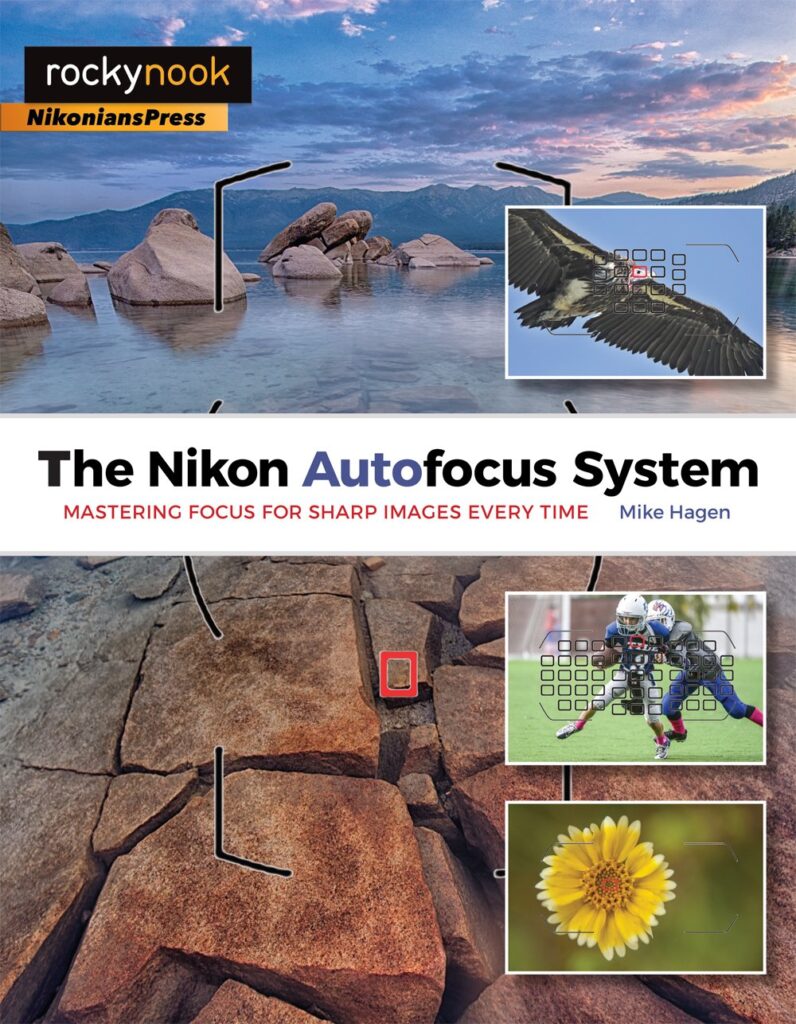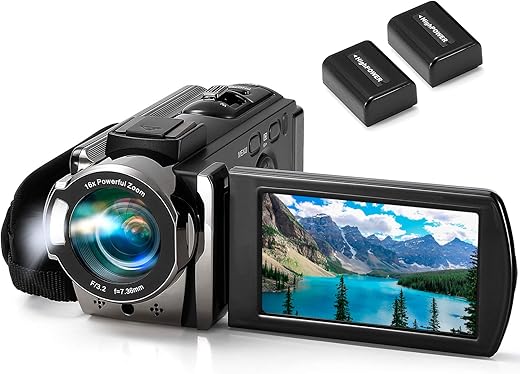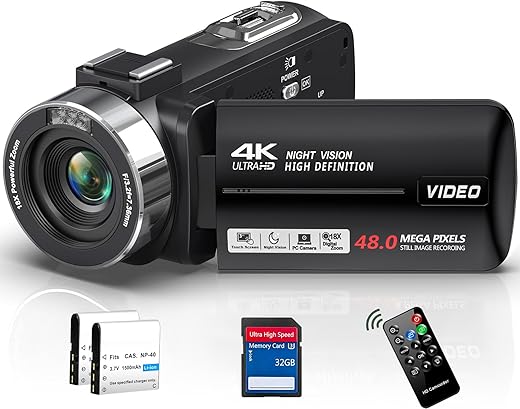In the realm of photography, selecting the right equipment can significantly influence the outcome of one’s work. In this discussion, I will compare two distinct yet prominent choices: the ‘Nikon Autofocus Mastery’ system, renowned for its precision and reliability, and the ‘OM SYSTEM M.Zuiko 60mm Macro’ lens, celebrated for its detailed macro capabilities and versatile performance. By examining their features, strengths, and practical applications, I aim to provide insight into how each option stands up in different photographic scenarios.
Precision Imaging
The Nikon Autofocus System, authored by expert Mike Hagen, provides comprehensive guidance for mastering Nikon’s autofocus technology, ensuring photographers capture sharp images consistently. This essential resource covers all current Nikon DSLR models and offers tailored strategies for various challenging photographic scenarios, from sports and wildlife to macro and low-light photography.
**Macro Photography
The OM SYSTEM OLYMPUS M.Zuiko Digital ED 60mm F2.8 Macro lens is a weatherproof macro lens specifically designed for Micro Four Thirds cameras, providing exceptional detail reproduction with 1x maximum magnification. Its focus limit switch enhances auto focus speed, and a built-in working distance window aids in precise subject distance confirmation.
Nikon Autofocus Mastery
Target Audience
Tailored for Nikon DSLR users looking to enhance their understanding and utilization of autofocus technology.
Autofocus Technology
Comprehensive guide covering various autofocus methods, tracking, and shooting styles.
Environmental Resistance
Does not specifically address environmental conditions; focuses more on techniques and settings.
Photography Genres Covered
Covers a wide range of genres including sports, wildlife, macro, portrait, and low-light photography.
Educational Content
Offers in-depth discussions, tips, and best practices for using Nikon autofocus systems effectively.
OM SYSTEM M.Zuiko 60mm Macro
Target Audience
Targeted at macro photographers seeking a high-quality lens for detailed close-up images.
Autofocus Technology
Includes a focus limit switch to expedite autofocus for macro photography.
Environmental Resistance
Weatherproof design ensures operation in harsh conditions.
Photography Genres Covered
Primarily designed for macro photography with a 1x magnification capability.
Educational Content
Provides technical specifications and practical features for macro shooting but lacks educational content.
Nikon Autofocus Mastery
OM SYSTEM M.Zuiko 60mm Macro
Nikon Autofocus Mastery
OM SYSTEM M.Zuiko 60mm Macro
Feature comparison chart


Unique Selling Points (USPs)
Nikon Autofocus System
- Rapid Focus: Fast and precise focusing for dynamic subjects.
- Multiple Camera Compatibility: Works across a variety of Nikon DSLR and mirrorless systems.
- Enhanced Tracking: Excellent for sports and wildlife photography.
OM SYSTEM OLYMPUS M.Zuiko Digital ED 60mm F2.8 Macro
- Macro Excellence: Specialist lens designed for high detail in macro photography.
- Weather-Sealed: Provides protection against elements, ensuring durability in various conditions.
- Versatile Application: Ideal for nature photography and product shots, offering a close focus without sacrificing image quality.
Pros and Cons
Nikon Autofocus System
Pros
- Versatile for various photography styles.
- Quick subject acquisition and tracking.
- An extensive range of compatible lenses.
Cons
- Performance may vary with different lens setups.
- Cost can escalate based on camera and lens selection.
OM SYSTEM OLYMPUS M.Zuiko Digital ED 60mm F2.8 Macro
Pros
- Exceptional detail and quality in macro shots.
- Weather-sealed protection enhances usability in outdoor conditions.
- Compact size and lightweight design.
Cons
- Limited to macro applications; not ideal for all-purpose photography.
- Requires a Micro Four Thirds camera system for compatibility.
Conclusive Assessment
If we were to declare a clear winner based on generalized photography needs, the Nikon Autofocus System takes the edge, especially for users requiring versatility across multiple styles and fast tracking. However, for those specifically interested in macro photography or needing a weather-resistant lens, the OM SYSTEM OLYMPUS M.Zuiko Digital ED 60mm F2.8 Macro is the superior choice.
Final Summary
Choosing between the Nikon Autofocus System and the OM SYSTEM OLYMPUS M.Zuiko Digital ED 60mm F2.8 Macro largely depends on your photographic needs. The Nikon system is ideal for photographers looking for a broad scope of versatility and fast focusing capabilities across various genres. In contrast, the Olympus macro lens stands out for its exceptional detail in close-up photography and weather-sealed design, making it indispensable for nature enthusiasts and product photographers. Ultimately, your decision should align with whether you’re prioritizing versatility or specialized macro performance.
Exploring Cutting-Edge Autofocus Innovations
Guidelines for Comparing Autofocus Systems
When comparing products in the Autofocus System category, such as the ‘Nikon Autofocus Mastery’ and ‘OM SYSTEM M.Zuiko 60mm Macro’, it is essential to consider several fundamental guidelines and key factors. These elements will help you make an informed decision based on your specific needs and preferences.
1. Autofocus Technology
Understanding the type of autofocus technology used in each system is crucial.
- Phase Detection vs. Contrast Detection
- Phase Detection: Generally faster, ideal for sports or fast-paced photography.
- Contrast Detection: Typically more accurate in static scenarios but may lag in speed.
- Hybrid Systems
- Some cameras utilize both systems to offer a balance of speed and accuracy.
2. Autofocus Points
The number and distribution of autofocus points can affect performance.
- Number of Points
- More autofocus points generally provide better subject tracking.
- Point Coverage
- Wider area coverage allows for improved focus on subjects located at the edges of the frame.
3. Continuous Autofocus Performance
Evaluate how well the autofocus system performs in continuous tracking situations.
- Subject Tracking
- Look for systems that offer superior tracking capabilities for moving subjects.
- Low Light Performance
- Ensure the autofocus system remains effective in low-light environments.
4. Lens Compatibility
Consider the range of lenses that can effectively utilize the autofocus system.
- Native Lenses
- Ensure availability of lenses optimized for autofocus performance.
- Third-Party Lenses
- Check compatibility with third-party lenses if you rely on a broader selection.
5. User Interface and Customization
A user-friendly interface and customization options can enhance the experience.
- Ease of Access
- Look for intuitive controls that allow you to switch and adjust autofocus settings swiftly.
- Custom Modes
- Check for customizable autofocus modes to suit different shooting styles.
6. Image Quality
While autofocus systems focus on speed and accuracy, the resulting image quality is also essential.
- Sharpness and Clarity
- Evaluate how the autofocus system impacts the sharpness of your images.
- Bokeh Quality
- Consider how effectively the system can achieve pleasing background blur (bokeh) when required.
7. Testing and Reviews
Researching real-world performance through reviews is invaluable.
- Professional Reviews
- Seek out expert opinions for in-depth analysis of both systems.
- User Experiences
- Look for feedback from photographers with similar needs to understand practical uses.
Understanding the Autofocus System
In comparing the autofocus performance of Nikon cameras to the OM SYSTEM, specifically the OM SYSTEM Olympus M.Zuiko Digital ED 60mm F2.8 Macro lens, several factors come into play in the context of macro photography.
Nikon’s autofocus system is known for its advanced capabilities, including hybrid autofocus systems that utilize both phase detection and contrast detection. This dual approach allows for swift and accurate focusing, particularly beneficial in capturing fine details in macro photography. Nikon cameras tend to perform well in various lighting conditions, providing reliable autofocus even in low-light situations.
On the other hand, the OM SYSTEM’s M.Zuiko Digital ED 60mm F2.8 Macro lens is designed specifically for the Micro Four Thirds system and incorporates effective autofocus features that are tailored for macro work. The lens also includes a focus limit switch, which helps to reduce focus hunting by allowing photographers to limit the focus range, thus improving focus speed and accuracy when shooting close-ups of small subjects.
In direct comparison, while both systems have their strengths, Nikon generally offers faster autofocus performance due to its sophisticated autofocus technology. However, the OM SYSTEM excels in macro-specific features like the focus limit switch, making it very effective for detailed close-up work. Ultimately, the choice will depend on individual preferences, specific shooting scenarios, and the photographer’s familiarity with either system.







Does anyone know how the macro capabilities compare in real-world situations? 📸🤔
Great article! I’m leaning towards OM SYSTEM for my macro shots. The details are insane! 🙌
Love the autofocus comparison! Nikon has always been solid but OM SYSTEM is really stepping up their game!
Can’t wait to test both out! Autofocus speed is a game changer for capturing insects and flowers! 🌼🐞
Nikon lenses are legendary, but I’ve heard good things about OM SYSTEM’s sharpness. Tough choice!